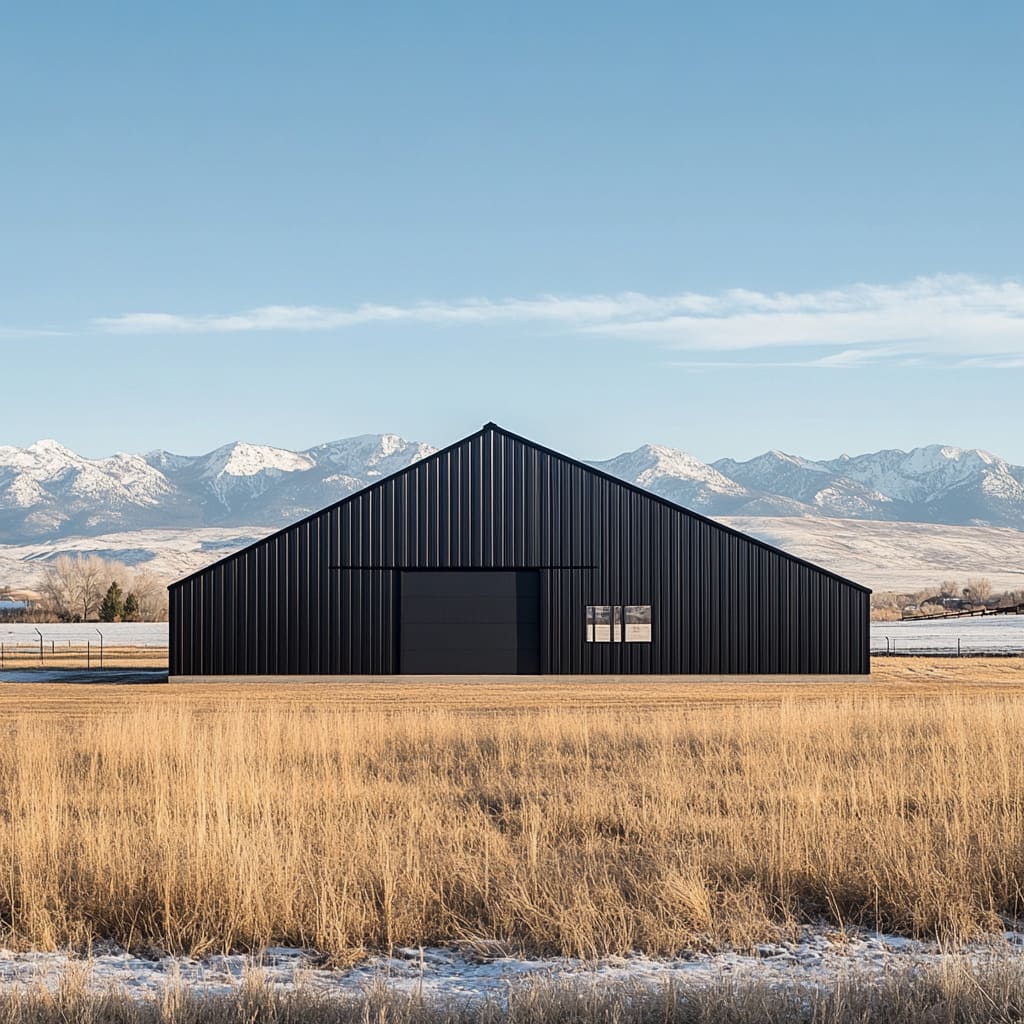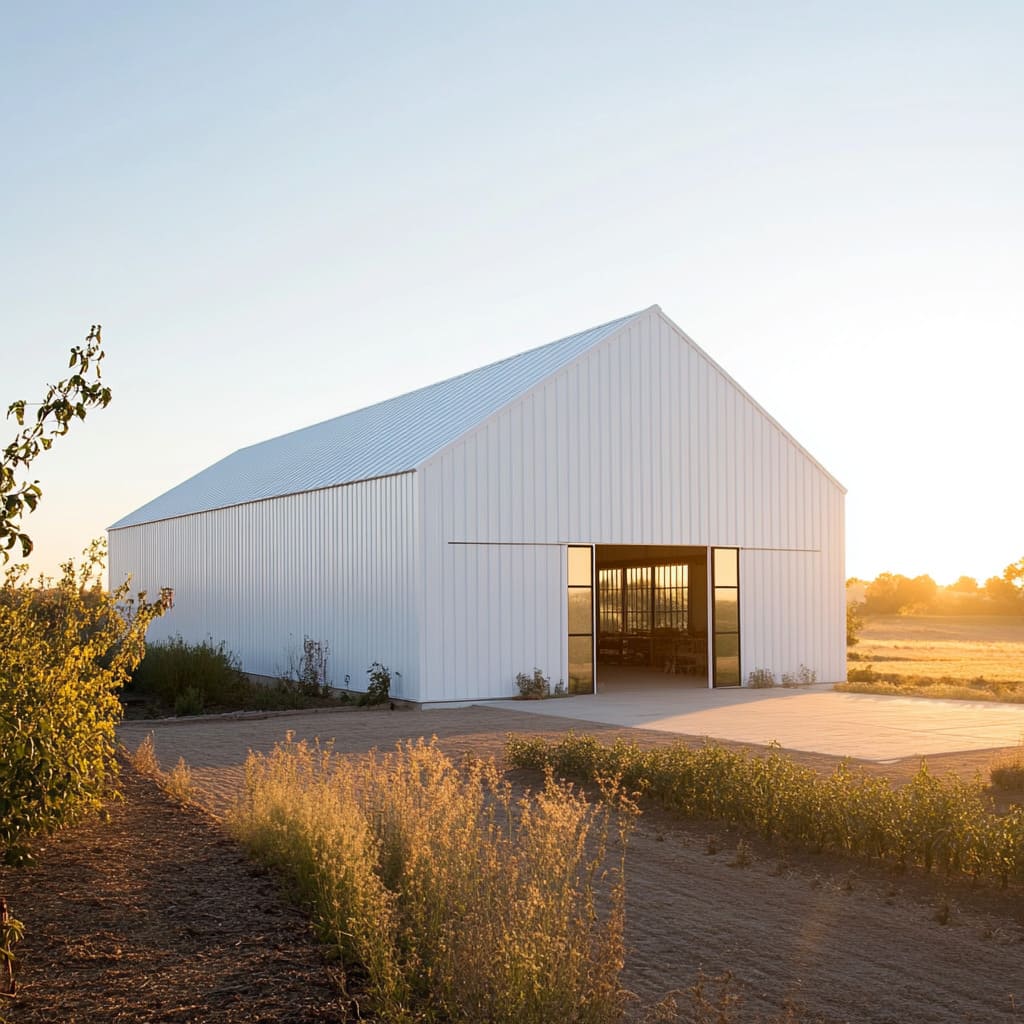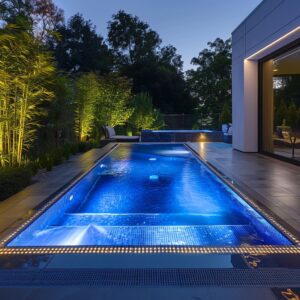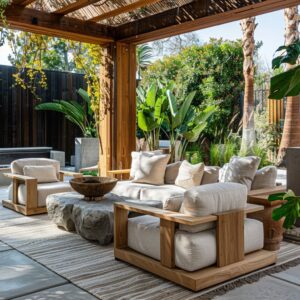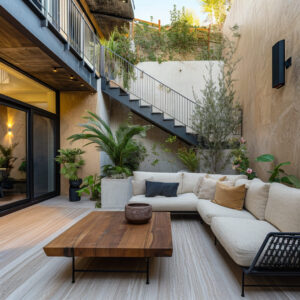Perhaps when you picture building a house, a wood frame comes to mind. Although wood has historically been the most popular material, its rising cost has led some people to consider adopting other materials for their ideal homes.
But other than wood, what other material might you use to construct a home? Buildings of all kinds, from offices to family homes to factories and agricultural structures, increasingly use metal barns.
Metal is less expensive, easier to insulate, and more durable than wood. It also resists fire.
If you’re considering building a house, you might wonder if a metal building is suitable for you. Metal living quarters are becoming increasingly popular
5 Reasons Why Metal Barns Are Becoming Increasingly Popular
Metal barns are increasingly becoming popular for various reasons, reflecting their practical benefits and modern advantages. Here’s a more detailed look at why they are capturing attention:
- Durability and Longevity: Steel barns excel in durability and lifespan. Constructed from steel or other high-strength alloys, these structures are engineered to endure extreme weather conditions that challenge traditional wooden barns. They are designed to stand firm, whether the weight of heavy snow, strong winds’ force, or summer heat’s intensity. Unlike wood, which can be susceptible to rot, mold, and damage from pests like termites, these are designed to resist these issues. This inherent strength and resistance mean that steel barns require fewer repairs and replacements over time, resulting in a much longer service life.
- Low Maintenance: One of the standout benefits of metal structures is their minimal maintenance requirements. Wood barns often need regular treatments to protect against rot, insects, and environmental wear, and they might require periodic repainting to maintain their appearance and integrity. In contrast, steel barns are designed to be low-maintenance. Their surfaces are generally treated with protective coatings that prevent rust and corrosion, reducing the need for frequent upkeep. This saves on maintenance costs and ensures that the barn remains in good condition with less effort.
- Cost-Effectiveness: While a metal barn’s upfront cost might be higher than a wooden structure, the overall cost-effectiveness becomes evident over time. These barns generally require less maintenance and repair, lowering long-term costs. Furthermore, metal barns can be more economical due to the efficiency of modern building techniques and materials. Metal structures often require less labor and fewer materials than wood, which can lead to significant savings during the building phase. The combination of these factors means that despite the initial investment, steel structures often prove to be a more economical choice in the long run.
- Design Flexibility: Metal barns offer exceptional design versatility. They can be customized to meet various needs, from small, simple storage units to extensive, multi-functional facilities. The flexibility in design extends to the layout, size, and features, empowering property owners to tailor their barns to specific uses, such as livestock housing, equipment storage, or recreational spaces. Additionally, they come in various styles, colors, and finishes, enabling owners to select a look that complements their property or personal preferences. This adaptability ensures that these barns fit seamlessly into different environments and purposes.
- Environmental Benefits: Metal barns contribute to environmental sustainability in several ways. Many Steel barns are constructed using recycled steel, which helps reduce the demand for new raw materials and minimizes the environmental impact of mining and processing. At the end of their lifecycle, they can be fully recycled, contributing to a circular economy. This means that the steel can be melted down and used to create new products, reducing the amount of waste that ends up in landfills. In contrast, wood barns can lead to deforestation and other environmental concerns. Furthermore, modern metal structures can be designed with energy-efficient features, such as insulation and advanced ventilation systems, which enhance their sustainability by reducing energy consumption and minimizing their overall environmental footprint.
Conclusion
Farmers, ranchers, and property owners increasingly prefer metal structures because of their durability, low maintenance, cost-effectiveness, design flexibility, and environmental benefits.
These factors make them an appealing choice for various applications and settings

